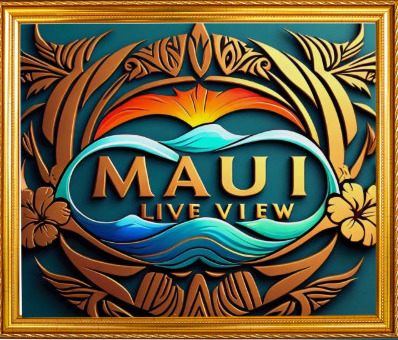Lower Honoapi’ilani Road, Maui Webcams
Hawaii Humpback Whale Marine Sanctuary Cam
Royal Kahana Cam
Keoni Nui Bay at Kahana Sunset Cam
Hale Mahina Cam
Lower Honoapi’ilani Road: A Coastal Lifeline of Maui
Introduction: A Scenic Coastal Route
Lower Honoapi’ilani Road, Maui Webcams. Lower Honoapi’ilani Road, winding along the rugged coastline of West Maui, serves as a vital lifeline connecting communities, beaches, and attractions along its picturesque route. This scenic roadway, steeped in history and natural beauty, offers travelers a glimpse into Maui’s past while providing access to some of the island’s most stunning landscapes and cultural landmarks.
Ancient Origins: Hawaiian Footpaths and Coastal Trails
Long before the construction of modern roads, Lower Honoapi’ilani Road followed ancient Hawaiian footpaths and coastal trails that connected fishing villages, taro fields, and cultural sites along Maui’s western coast. These trails, known as ala loa or “long paths,” were essential for travel and communication between communities, allowing Hawaiians to navigate the island’s rugged terrain and access its abundant natural resources.
European Exploration and Colonial Influence
The arrival of European explorers in the late 18th century brought significant changes to Maui and the Hawaiian Islands. British explorer Captain James Cook, sailing past Maui’s shores during his voyages of discovery, was among the first Europeans to encounter the island’s lush landscapes and pristine beaches. In the early 19th century, European and American traders established trading posts and settlements along Maui’s coast, introducing new technologies, goods, and cultural influences to the native Hawaiian population.
Whaling Era: Development of Coastal Infrastructure
During the mid-19th century, Lower Honoapi’ilani Road played a vital role in supporting the whaling industry, which was booming in Lahaina Harbor. Whaling ships would anchor along Maui’s coastline, and supplies and provisions would be transported along the road to Lahaina, where they would be traded with sailors and merchants. The road served as a lifeline for the whaling community, facilitating the movement of goods, people, and information along Maui’s western coast.
Plantation Era: Transition to Agriculture
With the decline of the whaling industry in the late 19th century, Maui’s economy shifted towards agriculture, particularly sugar and pineapple cultivation. Lower Honoapi’ilani Road became instrumental in supporting the transportation of agricultural products from plantations to markets and ports along the coast. Immigrant laborers from China, Japan, Portugal, and the Philippines worked on the plantations and traveled along the road to reach their places of employment.
Modern Development and Tourism Boom
In the mid-20th century, Maui experienced a surge in tourism as travelers from around the world flocked to the island in search of sun, surf, and relaxation. Lower Honoapi’ilani Road became a popular scenic route for visitors exploring Maui’s western coast, offering stunning ocean views, pristine beaches, and access to cultural attractions. The road also provided access to resorts, hotels, and condominiums that sprang up along the coastline, catering to the growing tourism industry.
Challenges and Conservation Efforts
Despite its scenic beauty and historical significance, Lower Honoapi’ilani Road has faced challenges in recent years, including erosion, landslides, and traffic congestion. Efforts to address these issues and preserve the road’s integrity have been undertaken by local authorities, community groups, and environmental organizations. Coastal erosion control measures, road maintenance projects, and traffic management initiatives aim to ensure the safety and sustainability of Lower Honoapi’ilani Road for future generations.
Cultural Landmarks and Points of Interest
Lower Honoapi’ilani Road is dotted with cultural landmarks and points of interest that offer insight into Maui’s rich history and heritage. Lahaina, once a bustling whaling port, is home to historic sites such as the Lahaina Historic District, the Baldwin Home Museum, and the Wo Hing Temple. Further along the road, travelers can explore the sacred Honokahua Burial Site, the scenic Kapalua Coastal Trail, and the renowned Nakalele Blowhole.
For more information, visit the official Maui website.
